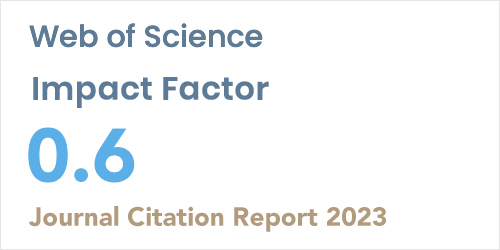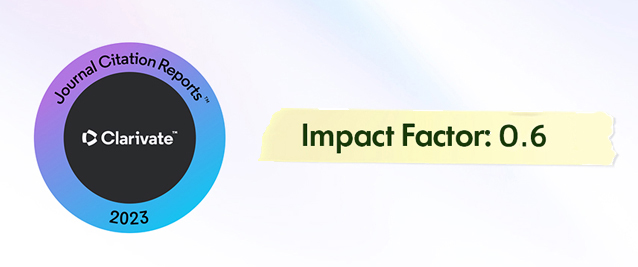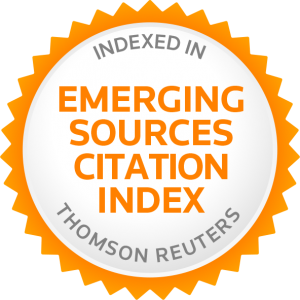2School of Biotechnology, University Jawaharlal Nehru University, New Delhi, 110067, Delhi
3Principal AI/ML Engineer, Apex IT Services LLC, Atlanta, 10632, USA
4Department of Electrical Engineering, Greater Kolkata College of Engineering and Management, West Bengal, 743387, India
5Data Scientist, TCS Oval, Newtown, West Bengal, 700160, India
Abstract
Alzheimer’s disease is a primary cause of dementia in the aged population furthermore, a significant segment of the global populace experiences metabolic disorders including diabetes and Alzheimer’s disease. Alzheimer’s disease has a damaging effect on the brain. Due to its detrimental effects on memory and physical functioning, this condition may lead to an increase in the number of inactive individuals as the senior population rises. To identify these diseases early on, researchers have looked into a variety of deep learning and machine learning techniques. Patients with Alzheimer’s disease (AD) can recover from it more successfully and with less damage if they receive early diagnosis and therapy. Decision trees are used in conjunction with K-nearest neighbor and classification and regression trees to forecast and recommend the AD. The overall experiment is represented in three stages, in the first stage a comparative study was analyzed with the Proposed model along with its fundamental algorithm k-nearest neighbor algorithm (KNN) and detection threshold (DT), and in the second stage four performance indicators of the confusion matrix were used to demonstrate that our suggested strategy performs better in terms of running time performance metrics, accuracy, precision, and F1 score. In the final stage, the present experiment demonstrates a notable improvement in running time over the conventional k-nearest neighbor technique with an accuracy of 98.23%, the suggested model outperforms other cutting-edge methods for the OASIS dataset. Moreover, the proposed model also has better Moreover experimental result also suggests that the proposed CART-KNN model performed better than other general models: K-nearest neighbor and Decision tree by showing smaller root mean square error (RMSE) and mean absolute percentage error (MAPE).














